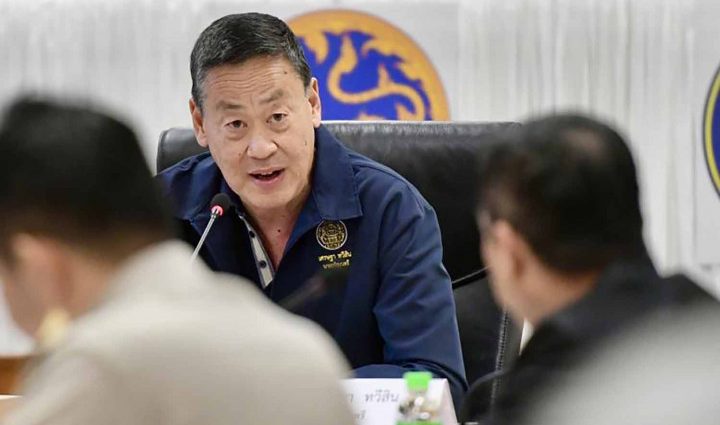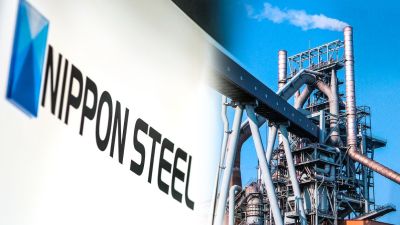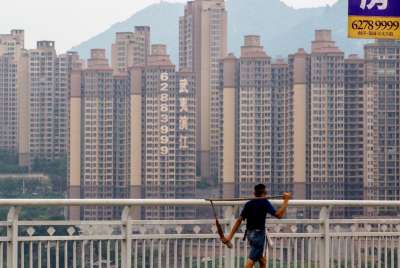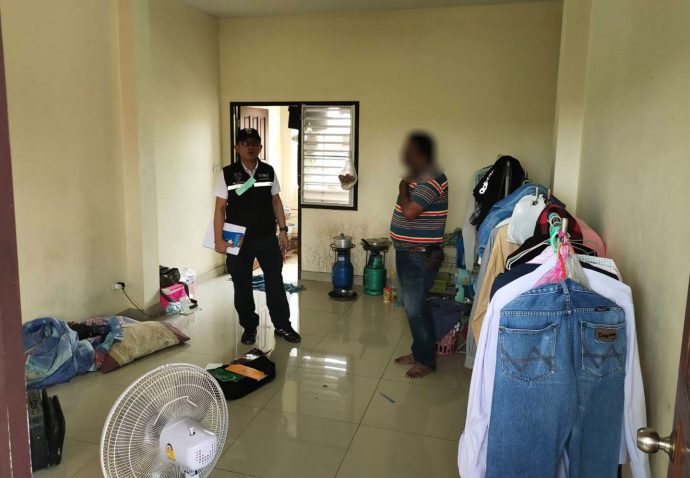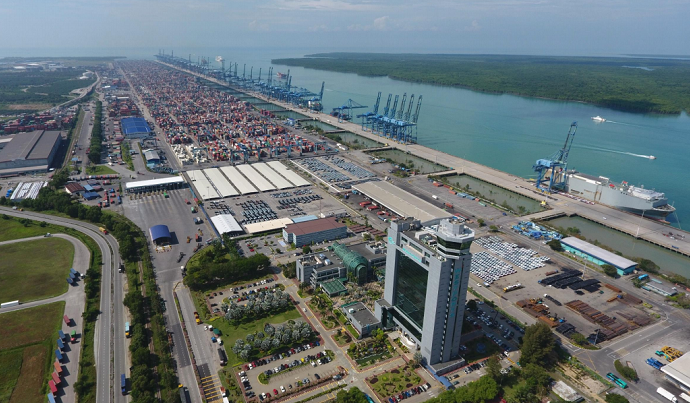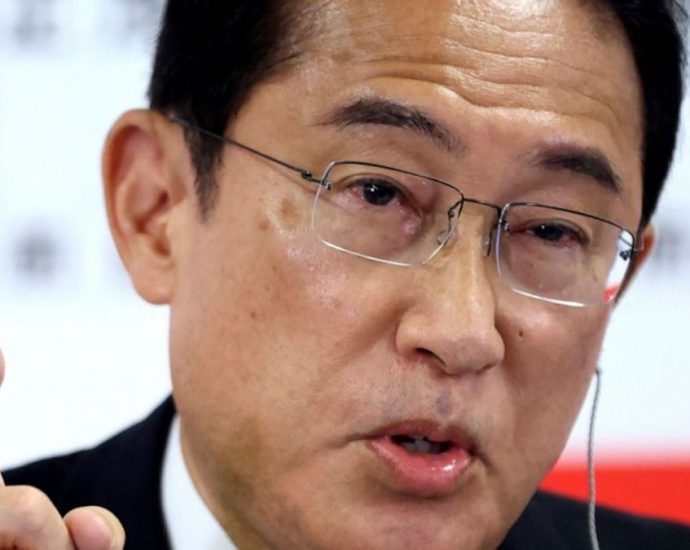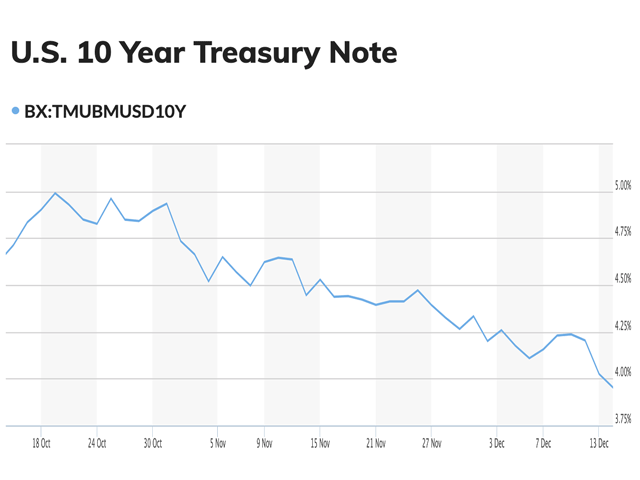Govt ‘solves’ 233 cases of informal debt: PM
PUBLISHED : 24 Dec 2023 at 05:58

The government claims it has solved the informal debts of 233 registered debtors while Prime Minister Srettha Thavisin on Saturday went to observe a debt-solving model in Nan.
According to government spokesman Chai Wacharonke, data from the Interior Ministry shows 106,863 debtors have registered with the government as it strives to solve informal debt problems.
Recent data showed a combined informal debt value worth 6.69 billion baht, with 77,525 informal loan lenders. The highest number of registered debtors was in Bangkok at 6,734, with a combined debt value of 566 million baht and 5,749 lenders.
Mae Hong Son has the lowest number of registered debtors at 151, with a combined debt value of 6.62 million baht and 117 lenders.
Mr Chai said that 1,445 debtors have entered the negotiation process, 233 of whom reached an agreement with lenders, leading to a drop from 144 million baht to 46.5 million baht in debt value.
“This is progress made so far in resolving informal debts. I urge remaining informal debtors to register with the government so we can help,” said Mr Chai.
The government hopes to help prevent debtors nationwide from paying at least 100 billion baht a year to loan sharks.
Meanwhile, the premier went to Nan on Saturday to follow up on progress of the debt programme. He urged state agencies to take action on the matter as it is a serious problem hurting the economy. As of Saturday, 563 informal debtors in Nan have registered for the programme, with a combined debt value of 33 million baht and 518 lenders.
So far, 52 debtors are in the negotiation process and four have reduced their debts. Most people were found to have borrowed money for buying consumption products, investments, house renovation, tuition fees and gambling.

